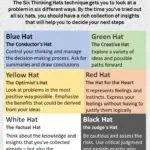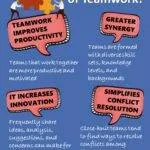
The Ducks in a Row Exercise
This fun, values-based exercise takes advantage of the literal expression “Ducks in a Row” to discuss group norms of behavior.
In advance, source some rubber ducks and optional craft materials. You’ll need at least one duck for every value or characteristic you expect to be discussing with your group, four to six ducks are normally enough.
As part of a values-based or behavioural norms discussion, introduce the rubber ducks to your group. Explain that the ducks are going to help your group demonstrate and map how well they are supporting their agreed values.
Invite the group to suggest ways to decorate each duck based on the agreed values or characteristics they would like to aspire and commit to. For example, your group might decorate a duck as a firefighter to represent the value “Take Care,” or the value “Be Fun” could be decorated to look like a clown.
When ready, assemble all ducks in a single row facing in one direction. Do you know the analogy of putting your ducks in a row to represent that you are organized or have your affairs in order?
That is to say, when a group is performing well, all of their ducks are lined up in a straight line (row.) Referencing the analogy of “lining all of your ducks in a row,” discuss each of their values or characteristics in regard to your group’s current performance.
Invite your group to discuss which one or more of the ducks may be flying high or low or out of line relative to all of the ducks. Take the time to discuss each of the values, and arrange the ducks accordingly.
It should be easy for your group to visualise how close they are to aligning all of their ducks in a row. If your group discusses that there is room for improvement, invite them to re-position the duck accordingly.
In essence, as you discuss each of the values, the physical alignment of the ducks represents how well your group is performing when measured to its commitment to these values.
Moment of Reflection
Facilitate a conversation that challenges your group to commit to certain behaviours or actions which endeavour to improve their performance, ie align all of their ducks in a row.
- Where would you place our [ enter value ] duck? What’s the impact of this duck not aligning with the other ducks in the row?
- How can we better support the attainment of [ enter value?]
- What challenges get in the way of achieving this [ enter value?]
- How do we know when our [ enter value ] duck is flying in a row?
Challenge the group to make the changes that came up in the conversation and commit them to improving performance as a team.
The topics of this publication: integration, reflection, critical thinking, interactions, values, norms, trust


